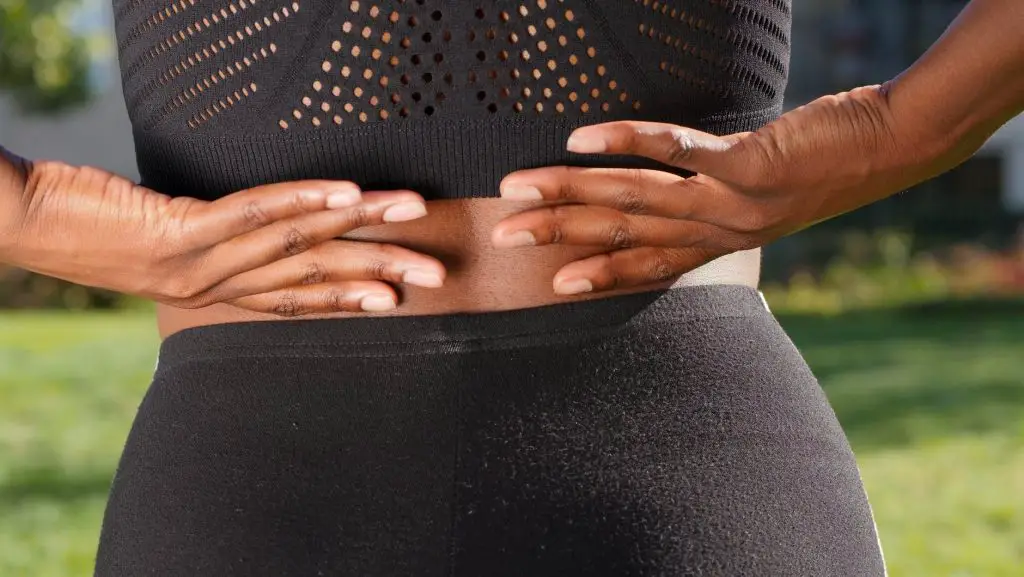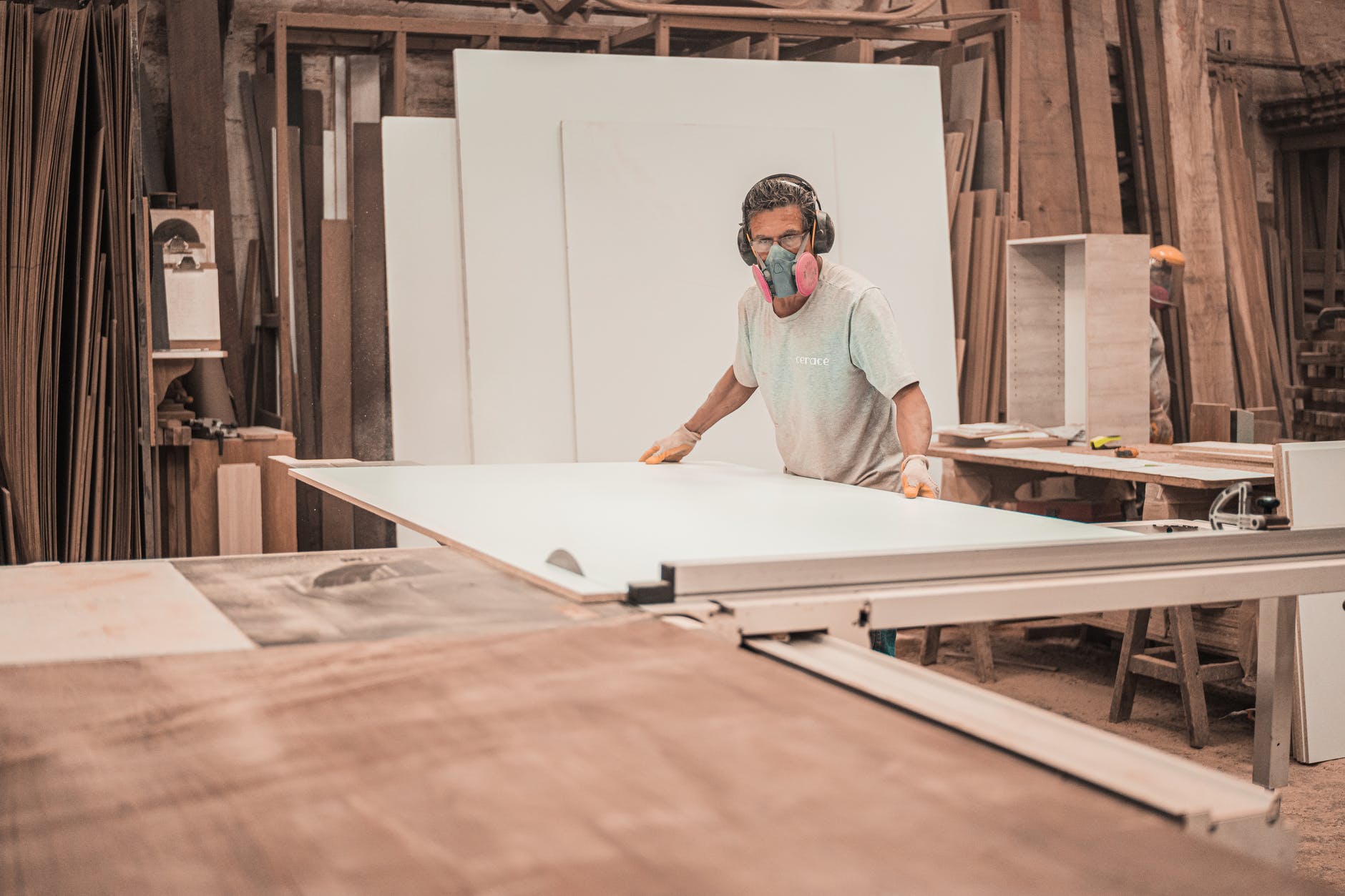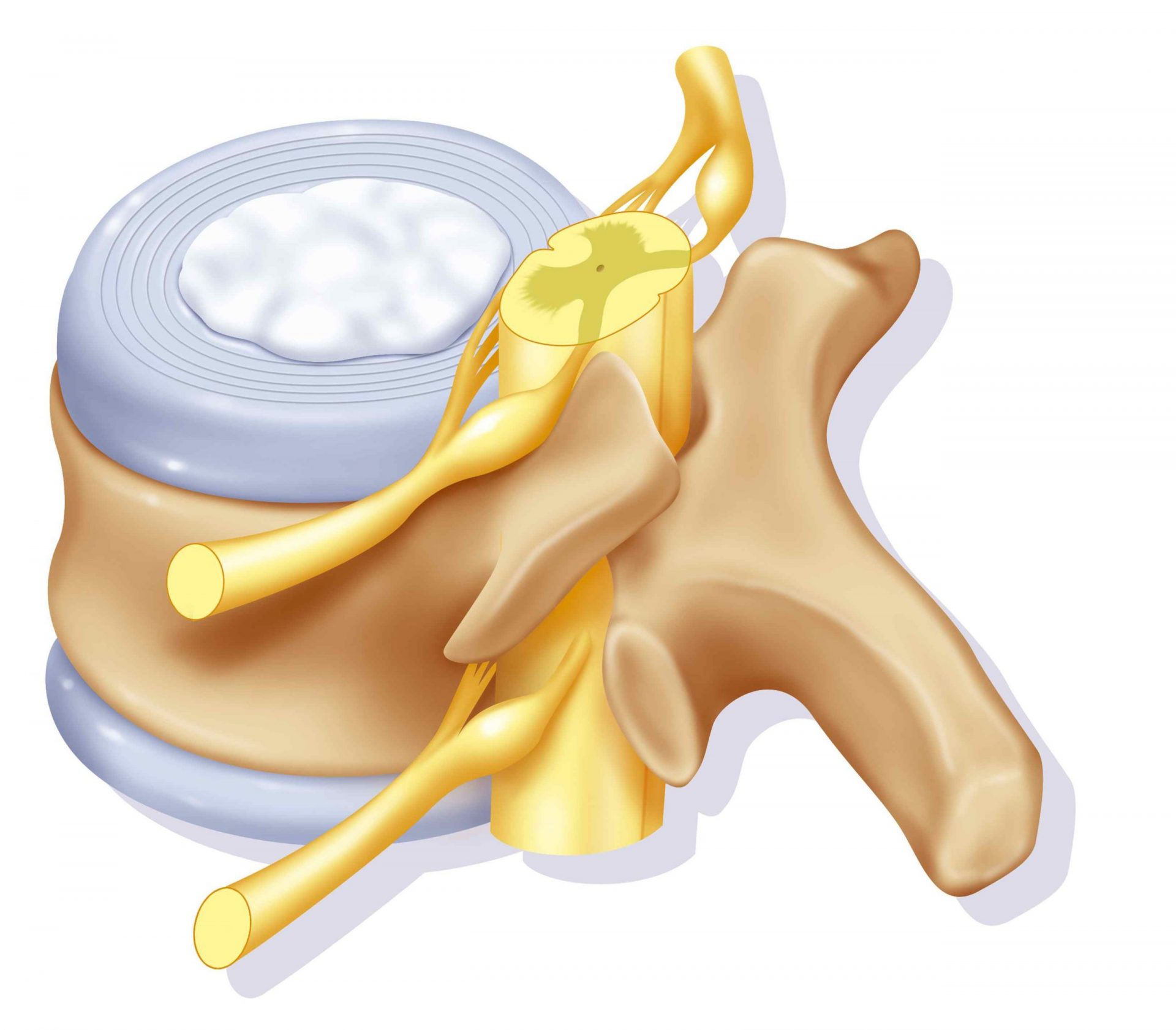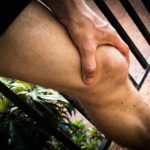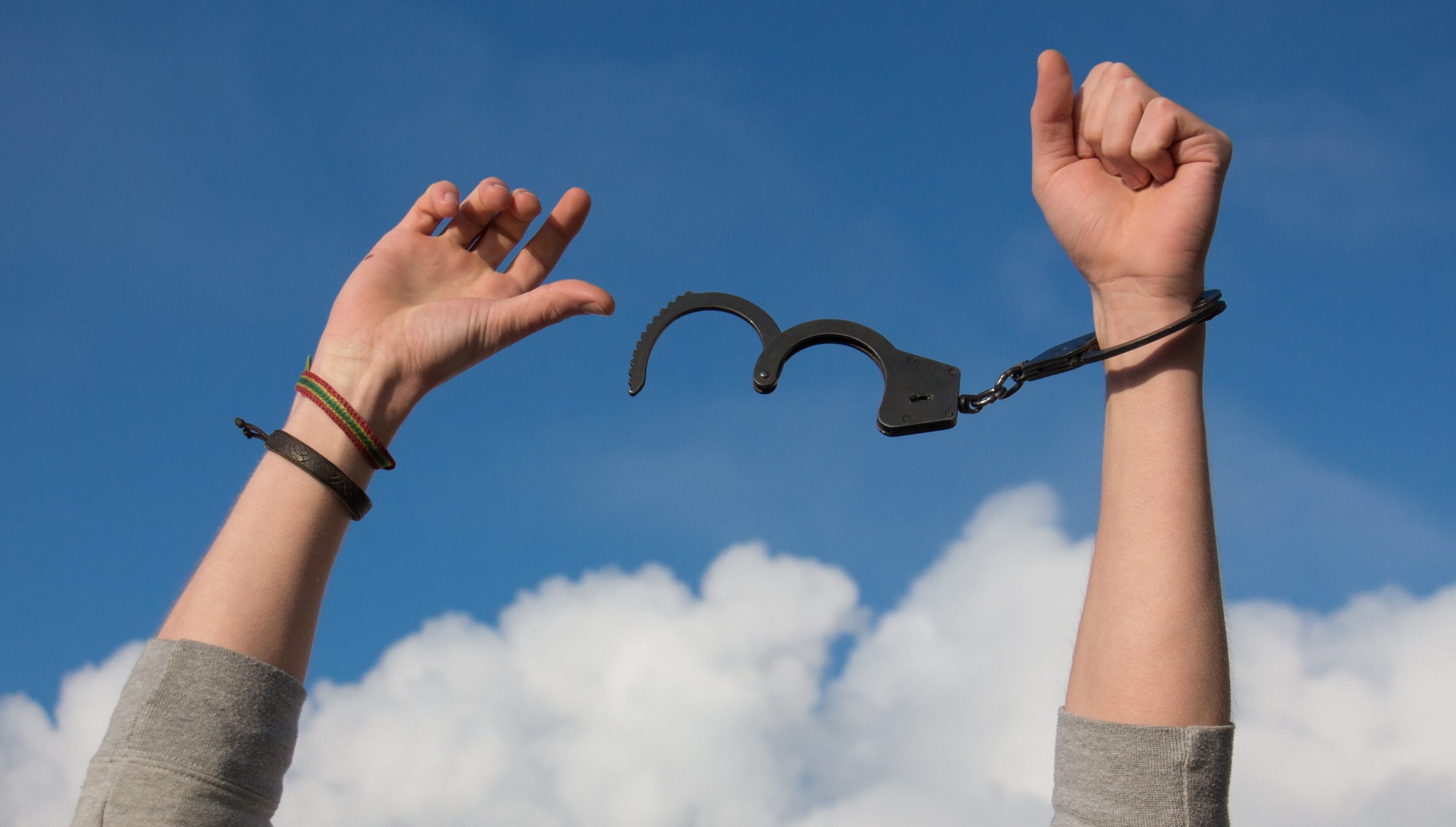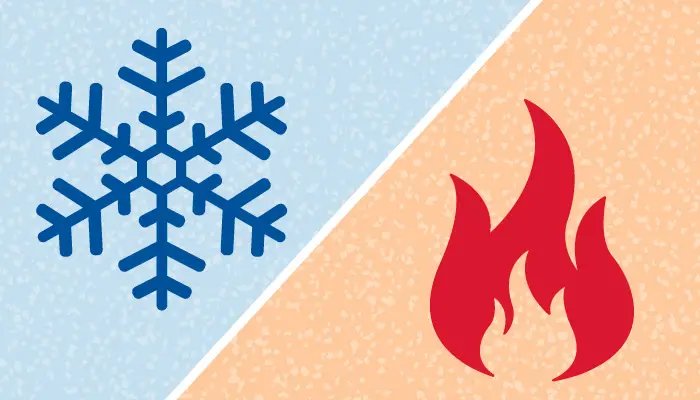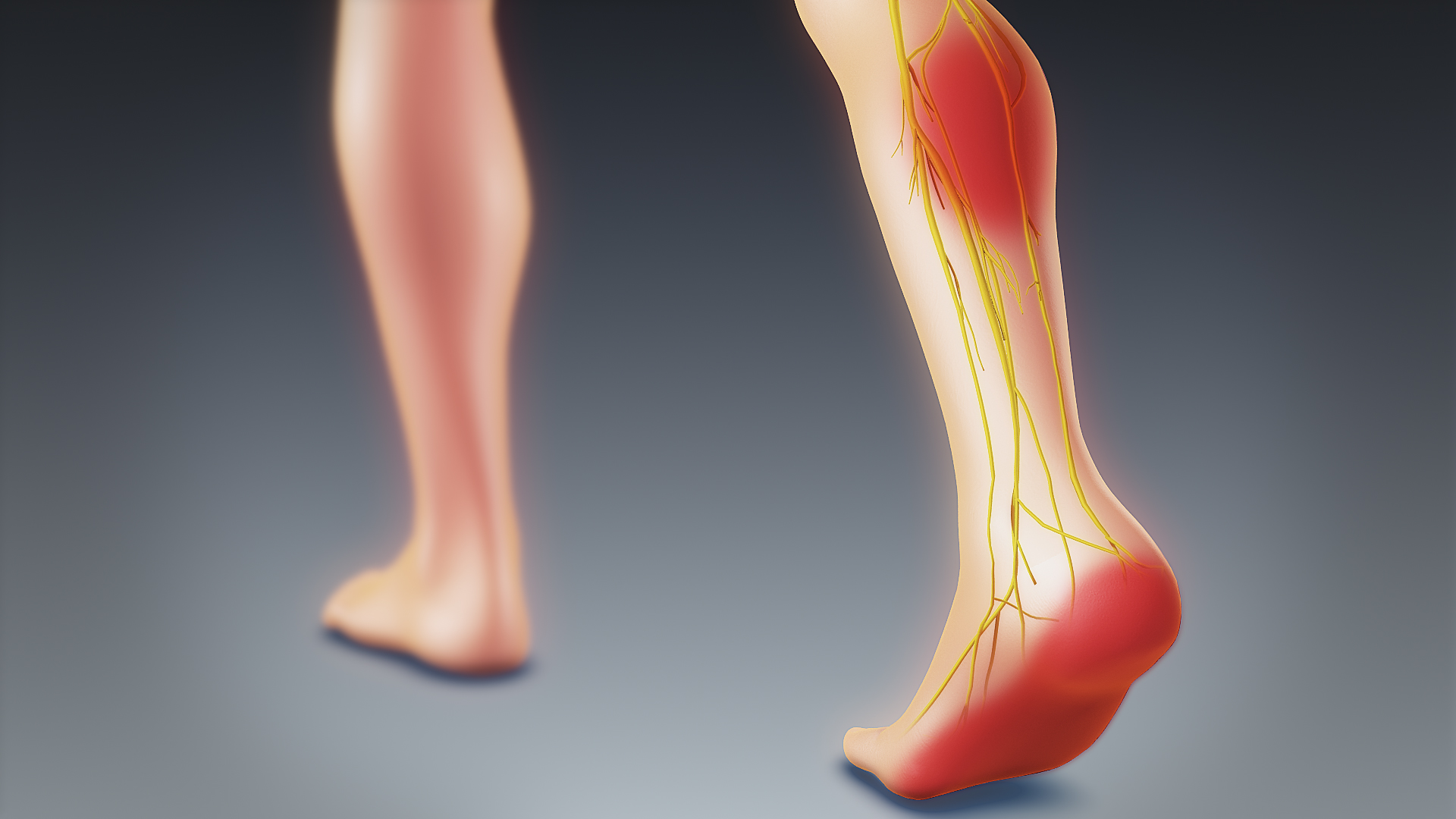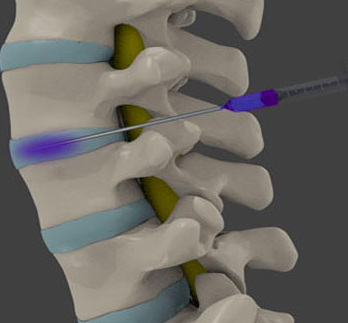THElumbar sprain and herniated disc are two very frequent pathologies that touch the lumbar spine. Both are manifested by lower back pain and can occur under the same circumstances.
So how do we separate things lumbar sprain et hernia discal ? Answer in this article.
Lumbar spine: anatomical reminder
To fully understand what a lumbar sprain or an hernia discal, it is essential to give you a little lesson in anatomy! Nothing complicated… Just know that the mobile part of our spine is divided into three parts: an upper part cervical ", an intermediate part " dorsal » ou « thoracic » and a lower part lumbar ».
Let's focus on this last so-called lumbar part! It is an overlay of 5 vertebrae lumbar numbered from L1 to L5 and separated by intervertebral discs.
The intervertebral discs are fibrocartilaginous rings which act as a shock absorber by absorbing the various shocks that our spine.
It is the protrusion of one or more of these discs which is at the origin of a pathology called « herniated disc ».
To ensure the stability and cohesion of vertebrae lumbar, there are a number of ligament structures who maintain them:
- Le anterior longitudinal ligament which connects the front parts of the vertebral bodies (extends from the skull to the coccyx).
- Le posterior longitudinal ligament which connects the back parts of the vertebral bodies.
- The intertransverse ligaments (right and left) that connect the transverse processes of the vertebrae.
- Le yellow ligament which connects the spinal blades (thin bone blades forming the posterior parts of the vertebrae). This ligament is very elastic and very rich in proprioceptive elements (it gives various information to the brain, in particular on the position of the spinal column according to the tension which is exerted on it).
- The ligaments connecting joint processes (these are in fact capsular thickenings of the zygapophyseal joints).
- Le supraspinous ligament which connects the spinous processes of the vertebrae.
- The iliolumbar ligaments (right and left) which connect the transverse processes of the last two lumbar vertebrae (L4 and L5) and the iliac bones.
NB: the intervertebral discs are equally considered interosseous ligaments (since they connect between two bony structures).
When one of these ligaments stretches or breaks (partially or totally), usually during a Wrong move ou « kidney tower », we are talking aboutlumbar sprain. The ligament most frequently involved is the iliolumbar ligament (connecting between the L4-L5 vertebrae and the pelvic bone).
Lumbar sprain and herniated disc: definitions
Now that you are an expert in the anatomy of the lumbar spine, it is important that you know the definition of the two conditions (lumbar sprain and herniated disc) in order to be able to differentiate them more easily:
1. Lumbar sprain
THElumbar sprain is a disease characterized by damage to one or more ligaments of the lower part of the vertebral column (one of the ligaments that we listed for you in the anatomical reminder). It can also be secondary to a damage to a muscle or tendon at this region. She is also referred to as lumbago.
A lumbar sprain can result from:
- A wrong move: the false movement in question is most often an extension and twist of the back starting from a leaning forward position (back in flexion). This is frequently observed when a person lifts a heavy load from the ground with a bad back position.
- Un misalignment between the spine and the pelvis which leads to excessive tension in certain ligaments, muscles or tendons. These end up cracking (stretching, complete or partial tearing).
- repetitive movements of the lumbar spine (in some sports and occupations) can also cause injury to the soft structures of the lower back (ligaments, muscles or tendons).
The main symptom oflumbar sprain is sharp, sudden onset pain localized in the lower back, usually on the occasion of a false movement or other acute trauma to the spine.
This pain is often accompanied by a back blockage, that is to say an inability to change position for a long time.
To know everything about lumbar sprain, see the following article.
2. Herniated disc
La herniated disc is a condition characterized by the protrusion or protrusion of a intervertebral disc out of its usual position. It is in fact an exit of its internal part (gelatinous and soft) through a breach of its outer layer (fibrous and hard).
In general, when a herniated disc occurs, it compresses one or more adjacent structures. When it's a nerve root which is compressed, the resulting pain is called « radiculalgia », when it is a nerf, We are talking about "neuralgia".
For example, in case of lumbar disc herniation, sciatic nerve (or one of its nerve roots) is compressed and irritated, which clinically results in leg pain (on the path of the nerve sciatica). This is called a « sciatic neuralgia ».
The herniated disc can occur suddenly on the occasion of a traumatishigh-pitched me, or gradually favored by several factors such as the aging, overweight and other sources of repetitive strain injuries du intervertebral disc.
What are the differences between lumbar sprain and herniated disc?
Now, here are the main differences between lumbar sprain and herniated disc :
- The structures concerned: lumbar sprain is a ligament (or even muscle or tendon) injury, while a herniated disc is an injury to the intervertebral disc.
- The mode of occurrence: both can occur abruptly as well as gradually. Nevertheless, in general, the lumbar sprain occurs suddenly (on the occasion of a false movement for example) while the herniated disc settles gradually (evolution over several years).
- Symptoms : Lumbar sprain is generally manifested by pain that is limited to the lumbar region (rare leg irradiations) as well as by back blockage, while a herniated disc can either be asymptomatic or cause pain that radiates to the leg (sciatica).
- The prognosis: it is generally better for lumbar sprains compared to herniated discs, especially when it comes to sprains by simple stretching or elongation (complete spontaneous healing in a few days).
How to clarify the diagnosis?
In general, a good questioning from the doctor supplemented by a exam careful physics is more than enough to distinguish between lumbar sprain and herniated disc.
In the vast majority of cases, no additional examination is necessary to establish the diagnosis of one or the other.
However, if imaging is performed, some information may be useful to rule out differential diagnoses.
For example, in case of spinal trauma (fall, domestic accident, traffic accident, etc.), a plain x-ray du Lumbar spine can eliminate a vertebral fracture - Although the scanner ideal for checking bone integrity.
In case of doubt between these two pathologies, the most effective imaging examination is MRI (Magnetic resonance imaging). The latter is capable of studying with great precision soft tissues such as discs intervertebral, ligaments, muscles and tendons.
It can therefore easily highlight a disc or ligament injury (or muscular/tendinous) and thus make it possible to make the diagnosis of herniated disc orlumbar sprain.
It is not uncommon for a diagnosis of lumbar sprain to be made on clinical examination, then, when an MRI is performed, an associated herniated disc is found.
Indeed, since the herniated disc remains long time asymptomatic, it frequently happens that it is chance discovery during imaging (MRI or scanner) performed for another pathology.
What to do ?
If you have a lower back pain, whether they appeared on the occasion of a false movement or whether they settled in gradually, do not hesitate to see a doctor in order to determine the cause and receive appropriate treatment.
In the meantime, you can relieve your pain with a few “general” methods such as:
- Rest : Avoid movements that arouse pain, without stopping all physical activity.
- La lumbar belt : wear it to reduce stress on your lower back. But beware, its use should only be temporary (when the pain is severe) in order to avoid the weakening of your abdominal and lumbar muscles, as well as joint stiffness.
- Ice application: in the event of a lumbar sprain after a false movement, apply ice to the painful area for about fifteen minutes at a rate of 3 to 4 times a day (or even every 2 hours) to reduce inflammation and pain.
- The application of heat: after the acute phase of a lumbar sprain (about 3 days), you can apply heat (hot water bottle) to the painful area to relax your muscles (heat reduces spasms and muscle tension that are sources of pain).
To know in which cases to use hot or cold in front of back pain, see the following article.
- Medication : in the event of acute pain, you can take non-steroidal anti-inflammatory drugs (aspirin, diclofenac, etc.) or simple analgesics (paracetamol) while waiting for your medical appointment.
To discover many other methods to fight against back pain, see the following article.
Projects
[1] P. Mevel, “The herniated disc”, The Caregiver, flight. 27, no 150, p. 23-24, 2013.
[2] P. Allard, JM Page, G. Kemoun, M. Duhaime, F. Barbier, and E. Watelain, “Disturbances in the rotational movements of the trunk in people with lumbar sprains”, in Annals of rehabilitation and physical medicine, 1998, vol. 6o 41, p. eleven.
[3] F. Rannou, M.-A. Mayoux-Benhamou, S. Poiraudeau, and M. Revel, "Intervertebral disc and neighboring structures of the lumbar spine: anatomy, biology, physiology and biomechanics", EMC-rheumatology-orthopedics, flight. 1, no 6, p. 487-507, 2004.
[4] F. Rannou, M. Corvol, M. Revel, and S. Poiraudeau, “Discal degeneration and herniated disc: role of mechanical constraints”, Rheumatism Review, flight. 68, no 10‑11, p. 908-912, 2001.
[5] W. Bengouga, “Mechanical behavior of the lumbar and thoracic spine”, PhD Thesis, University of Batna 2, 2014.
[6] PG VERSIER, "BIOMECANICS OF THE RACHIS", HIA Begin Orthopedic Surgery Department, flight. 94160.
My name is Katia, I am specialized web editor in writing medical articles. Being passionate about medicine and writing, I set myself the goal of making medical information accessible to as many people as possible, through the popularization of even more complex scientific concepts.

